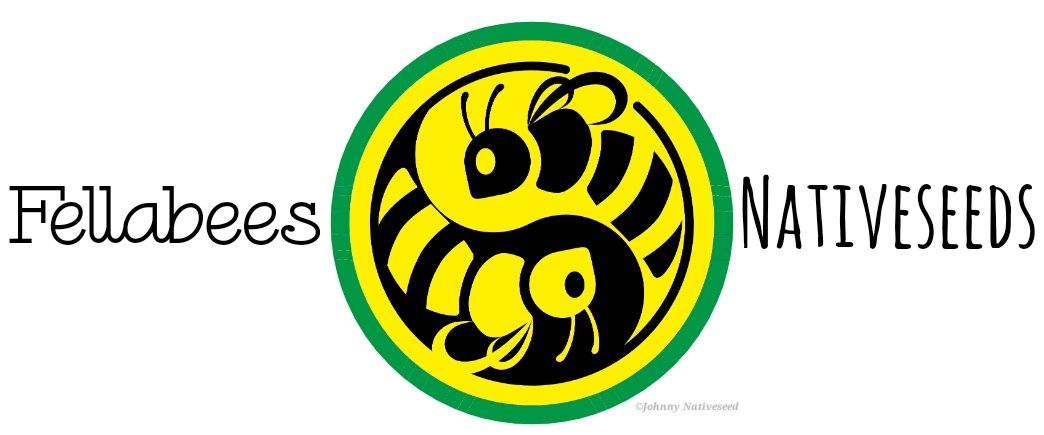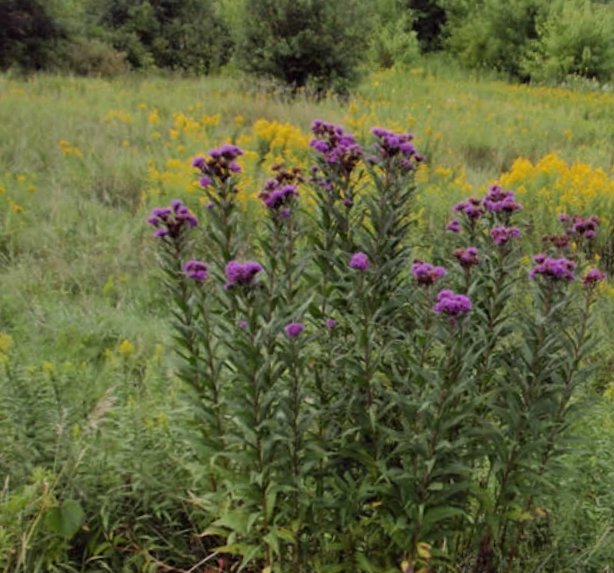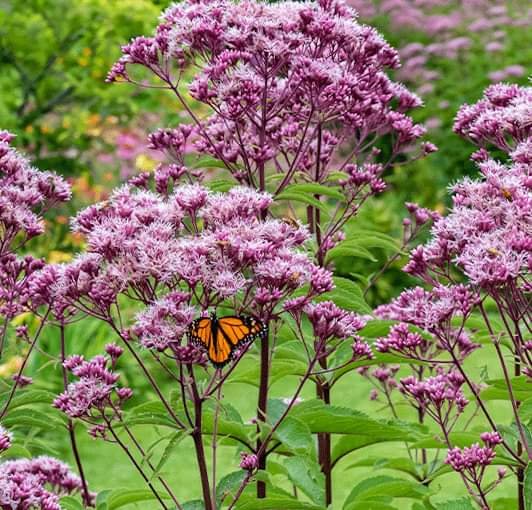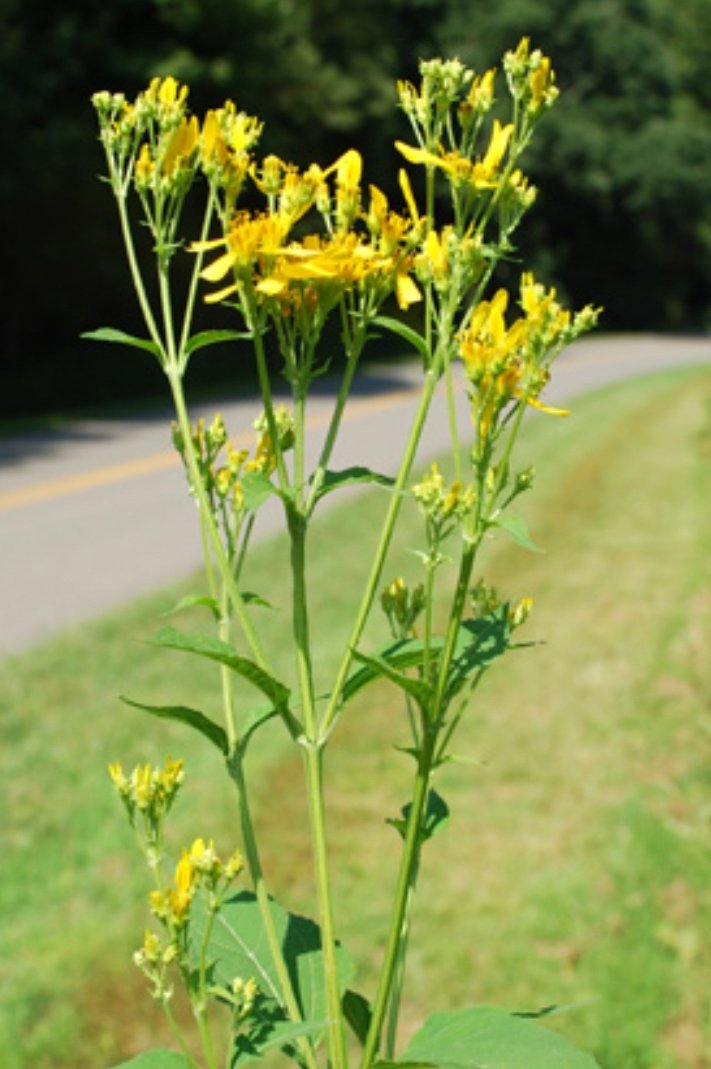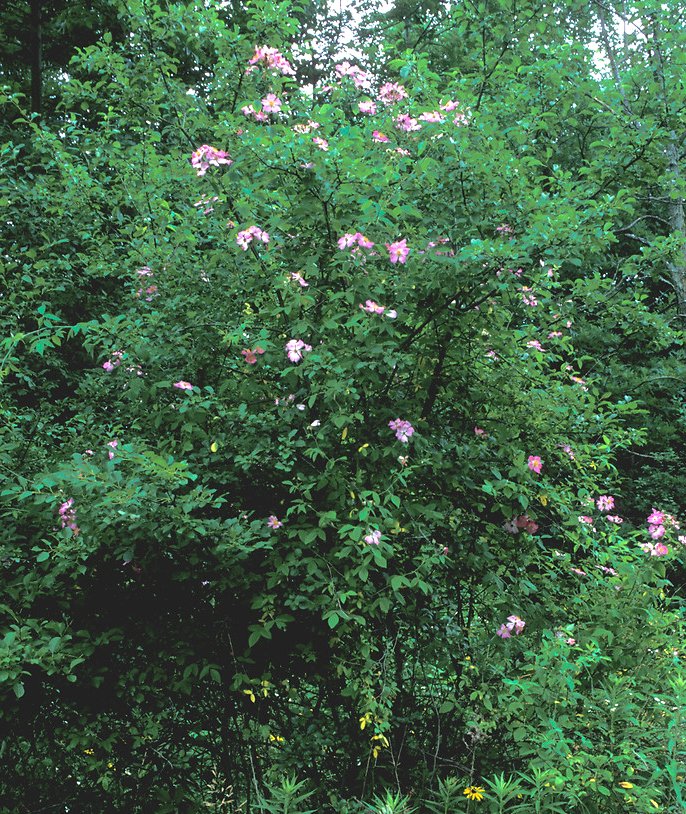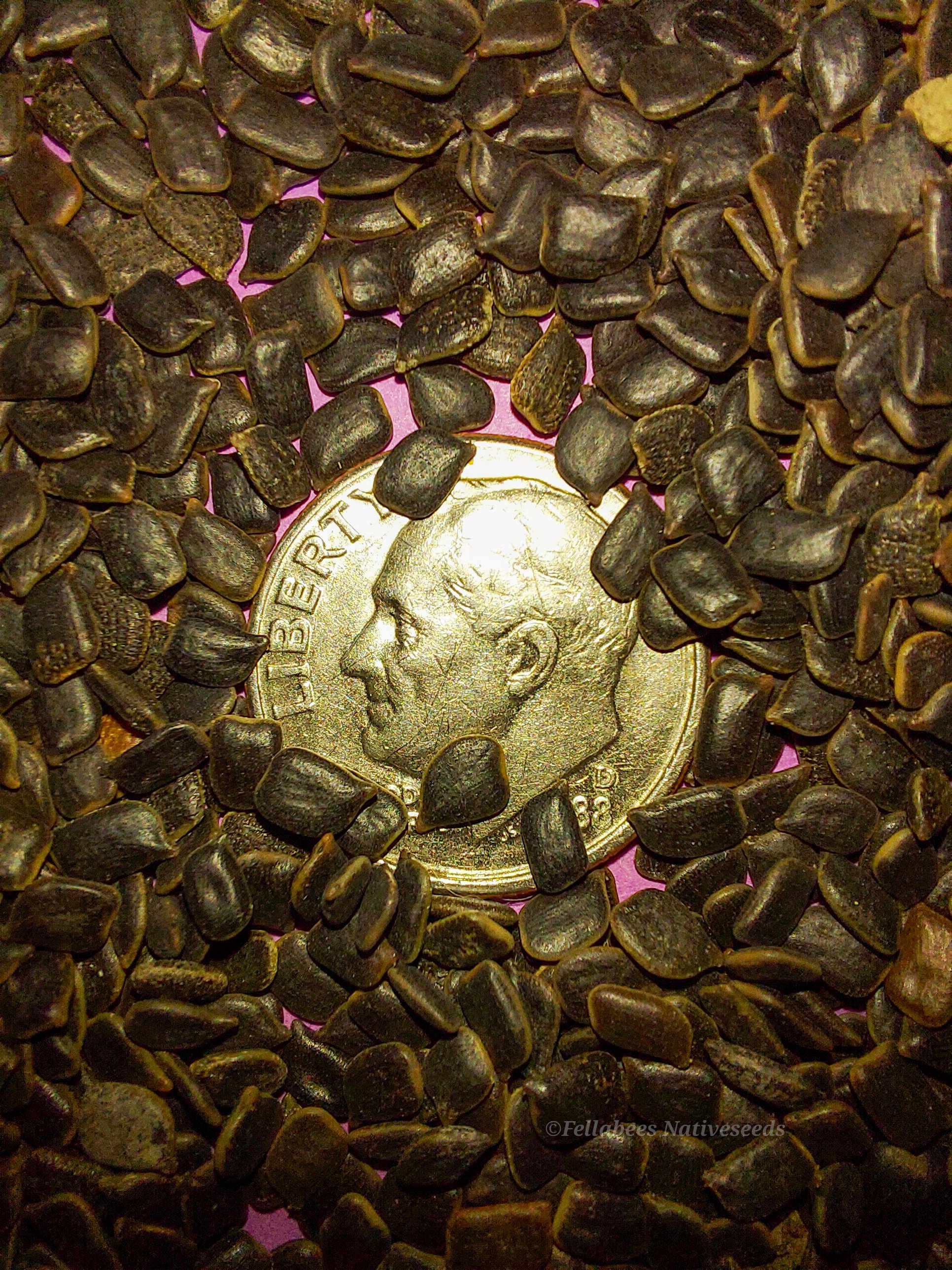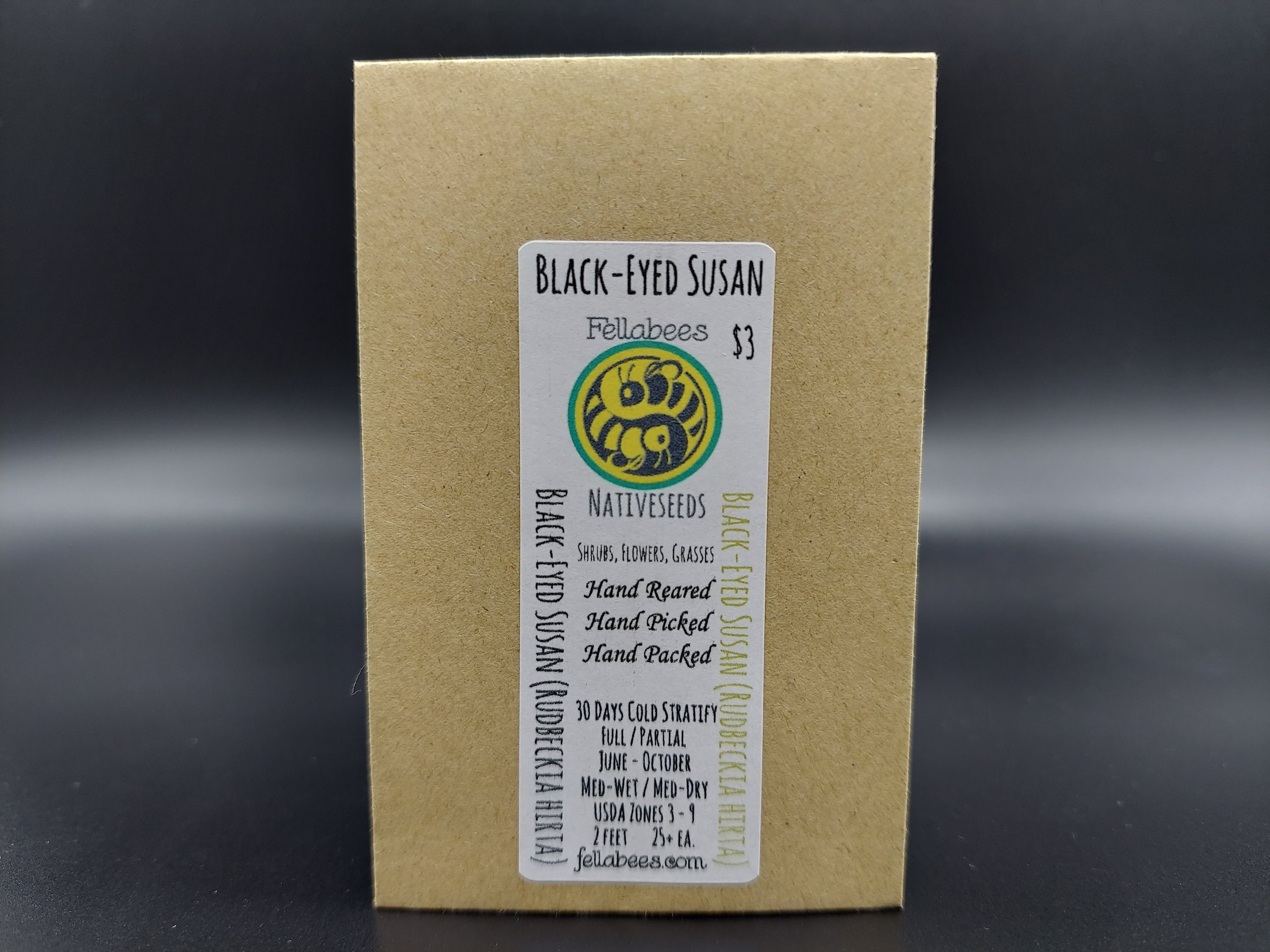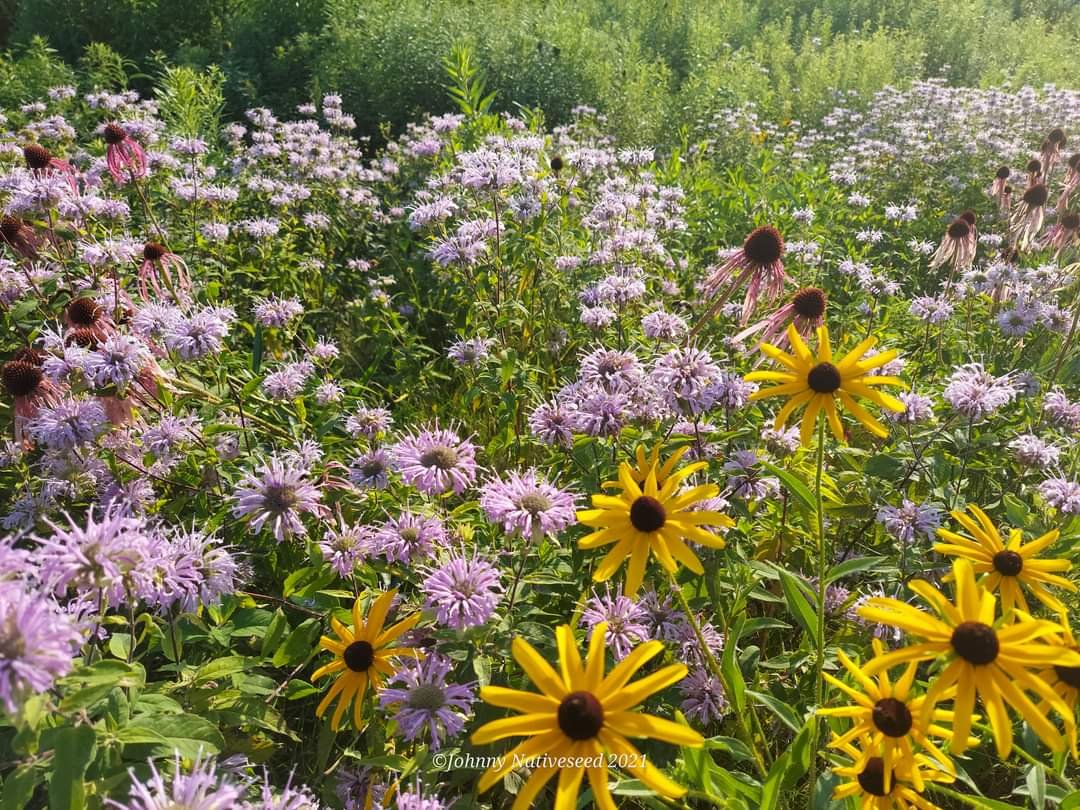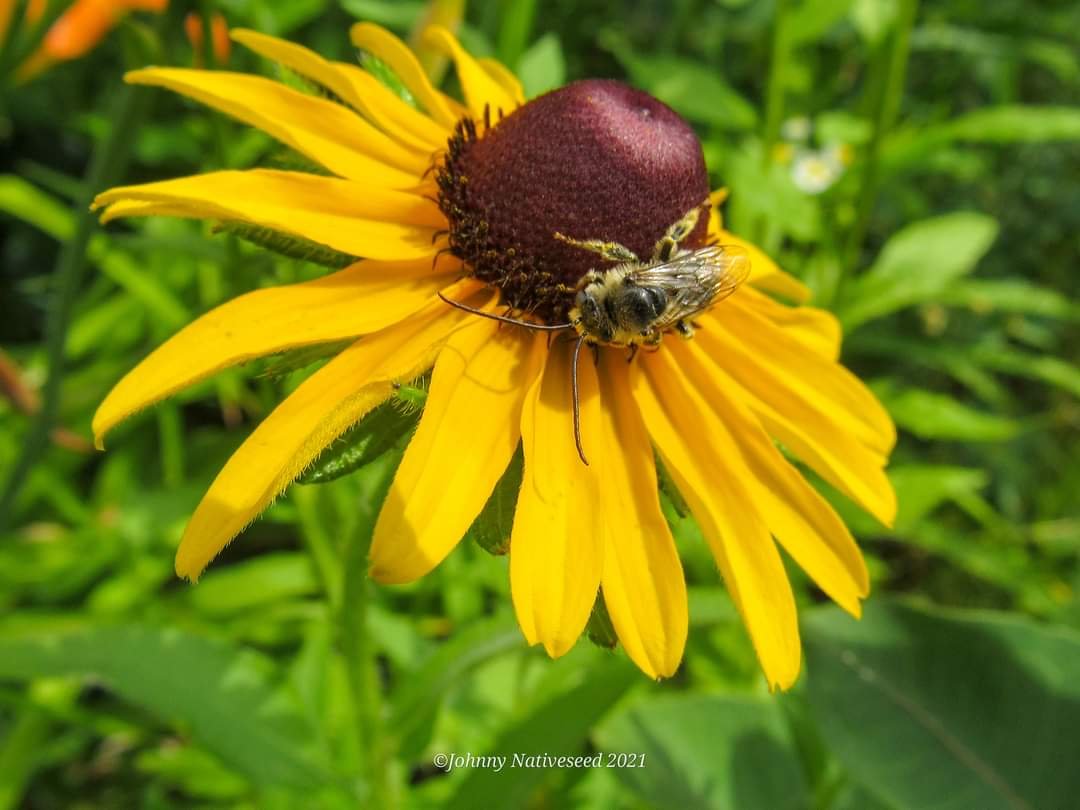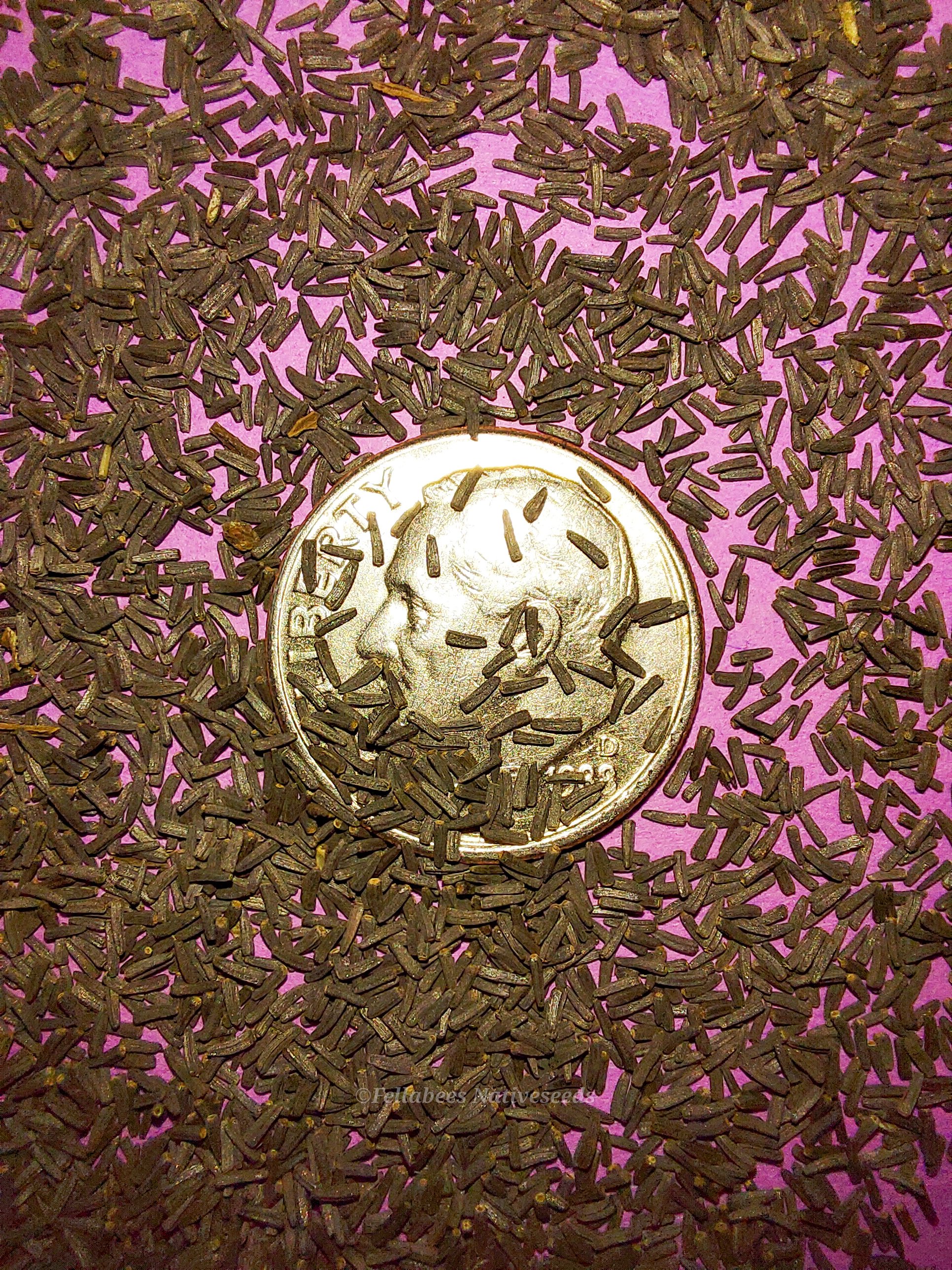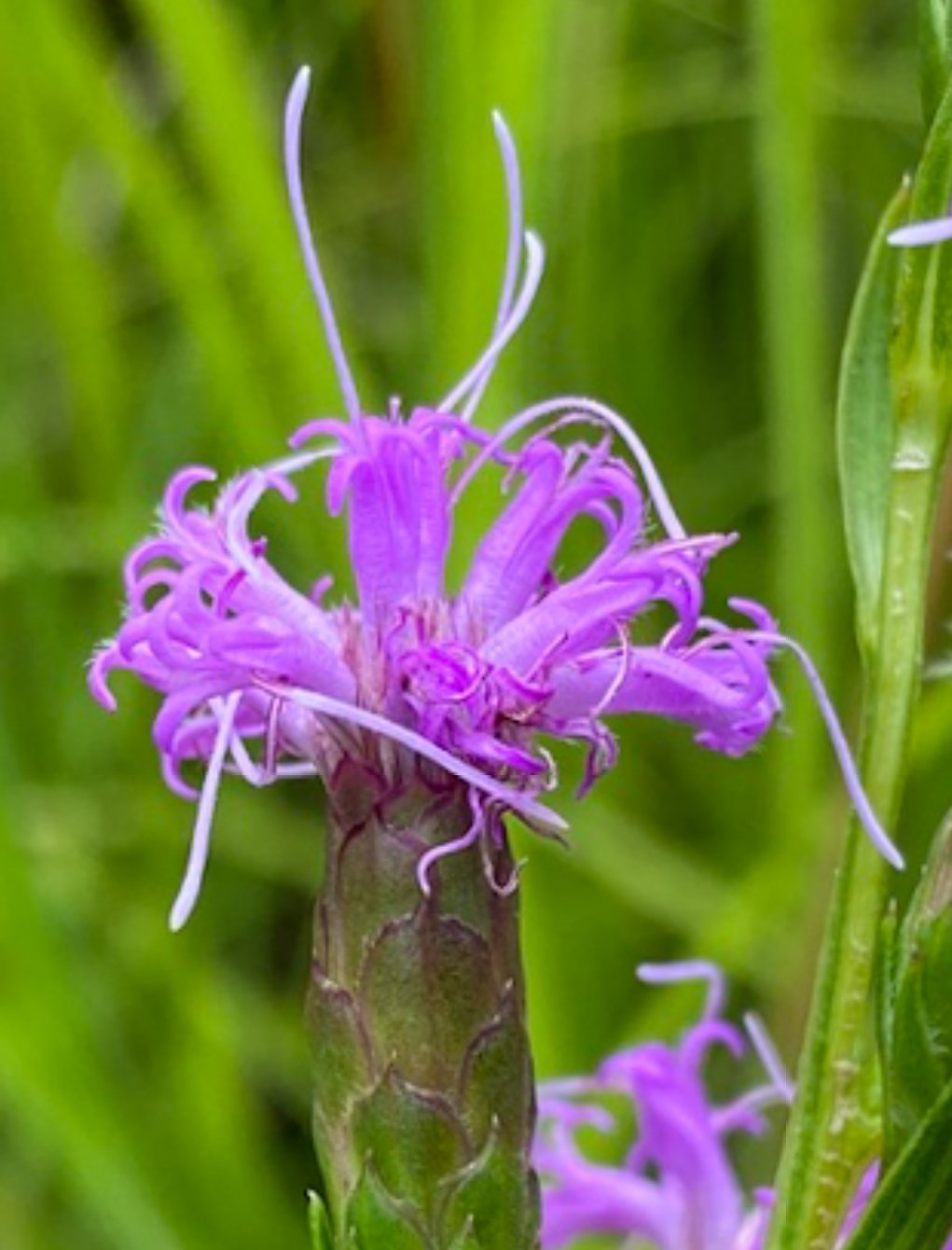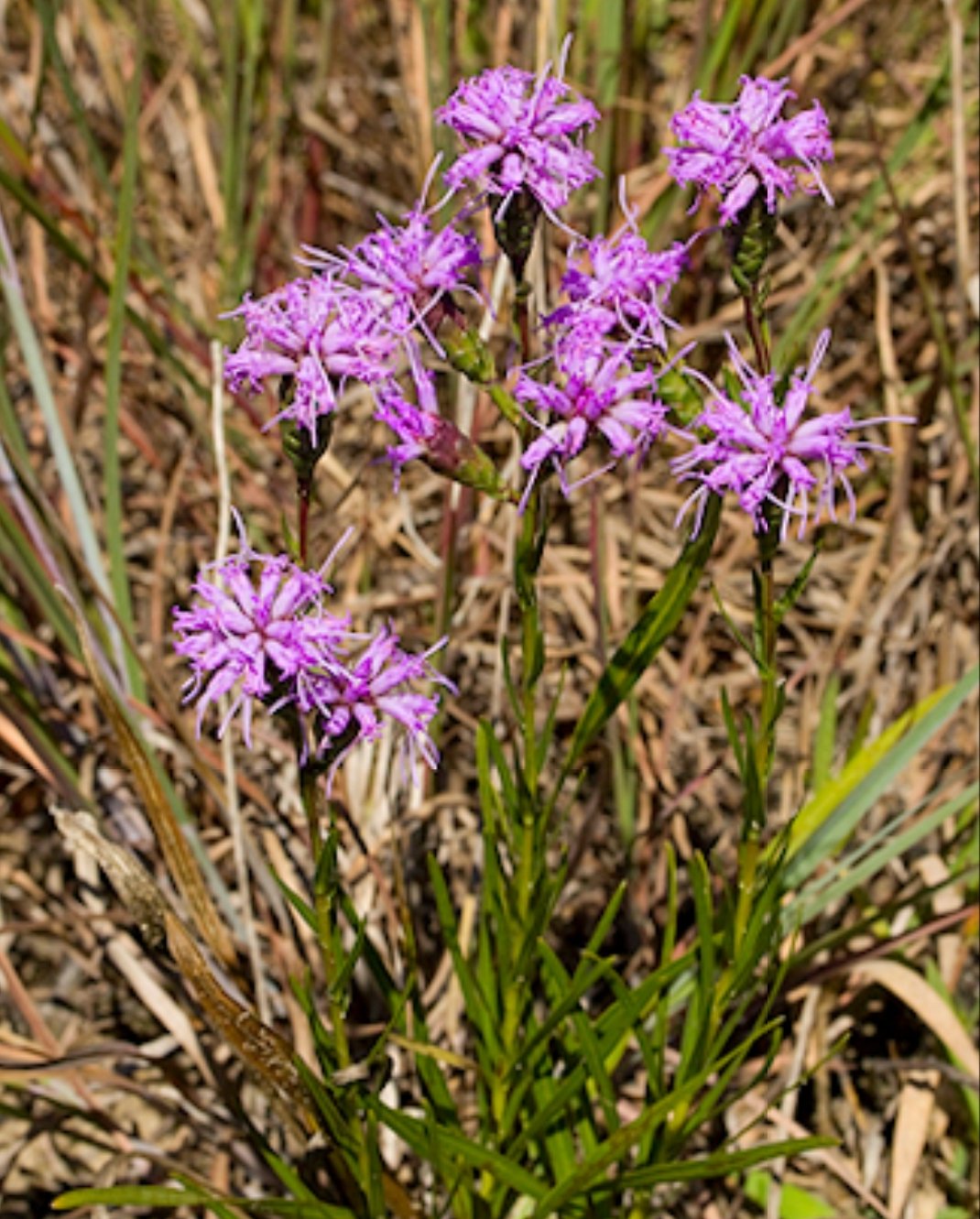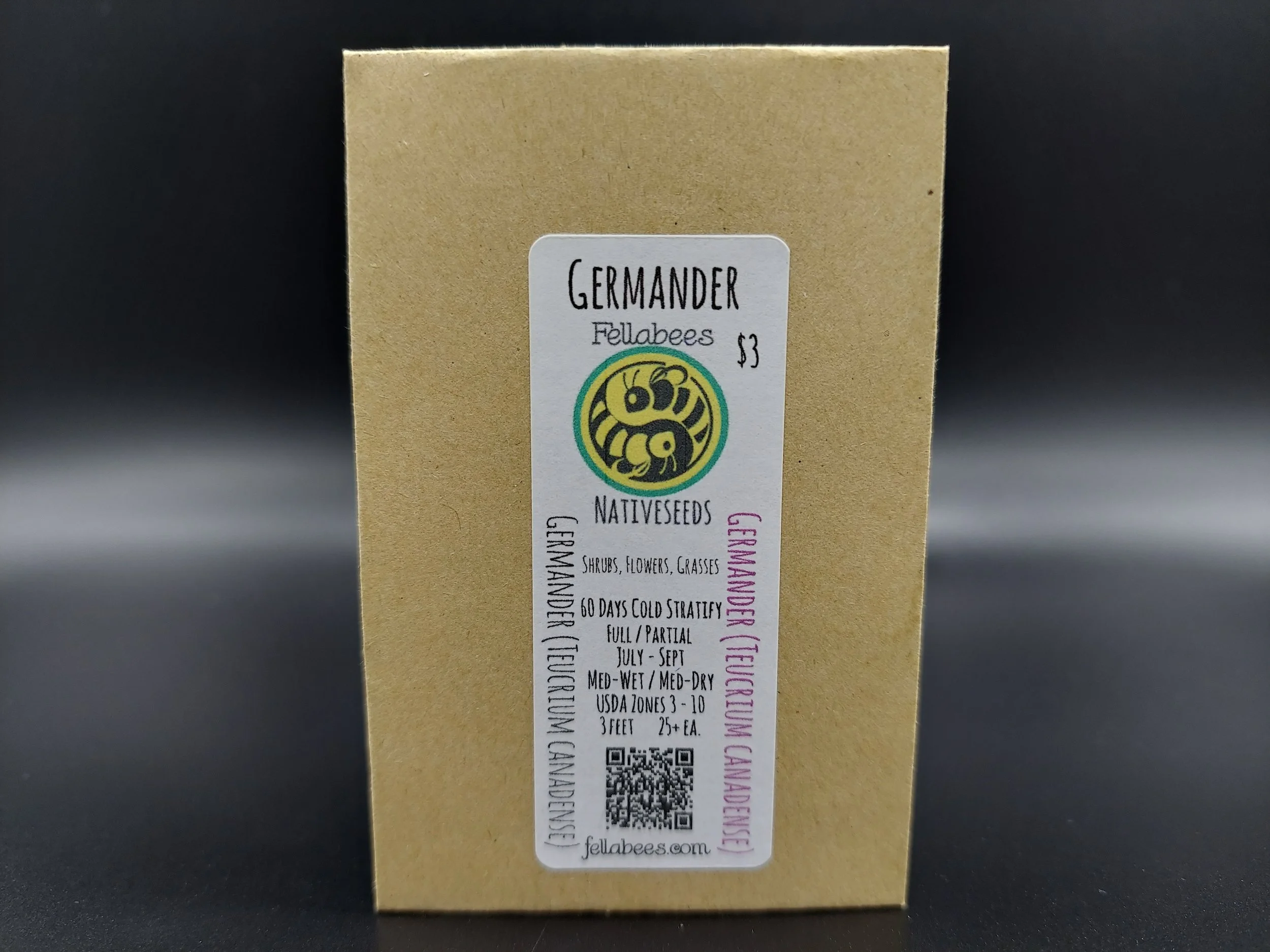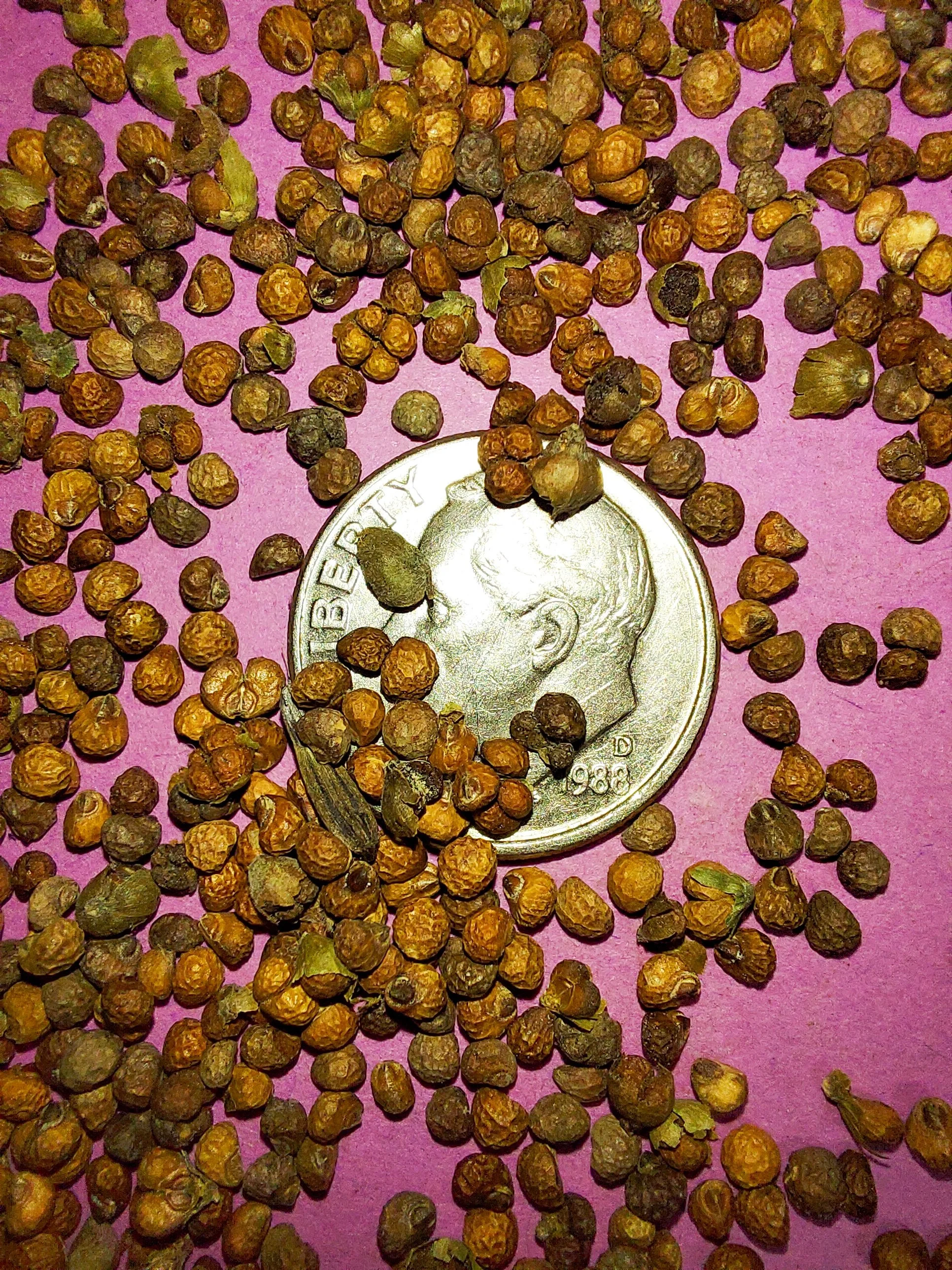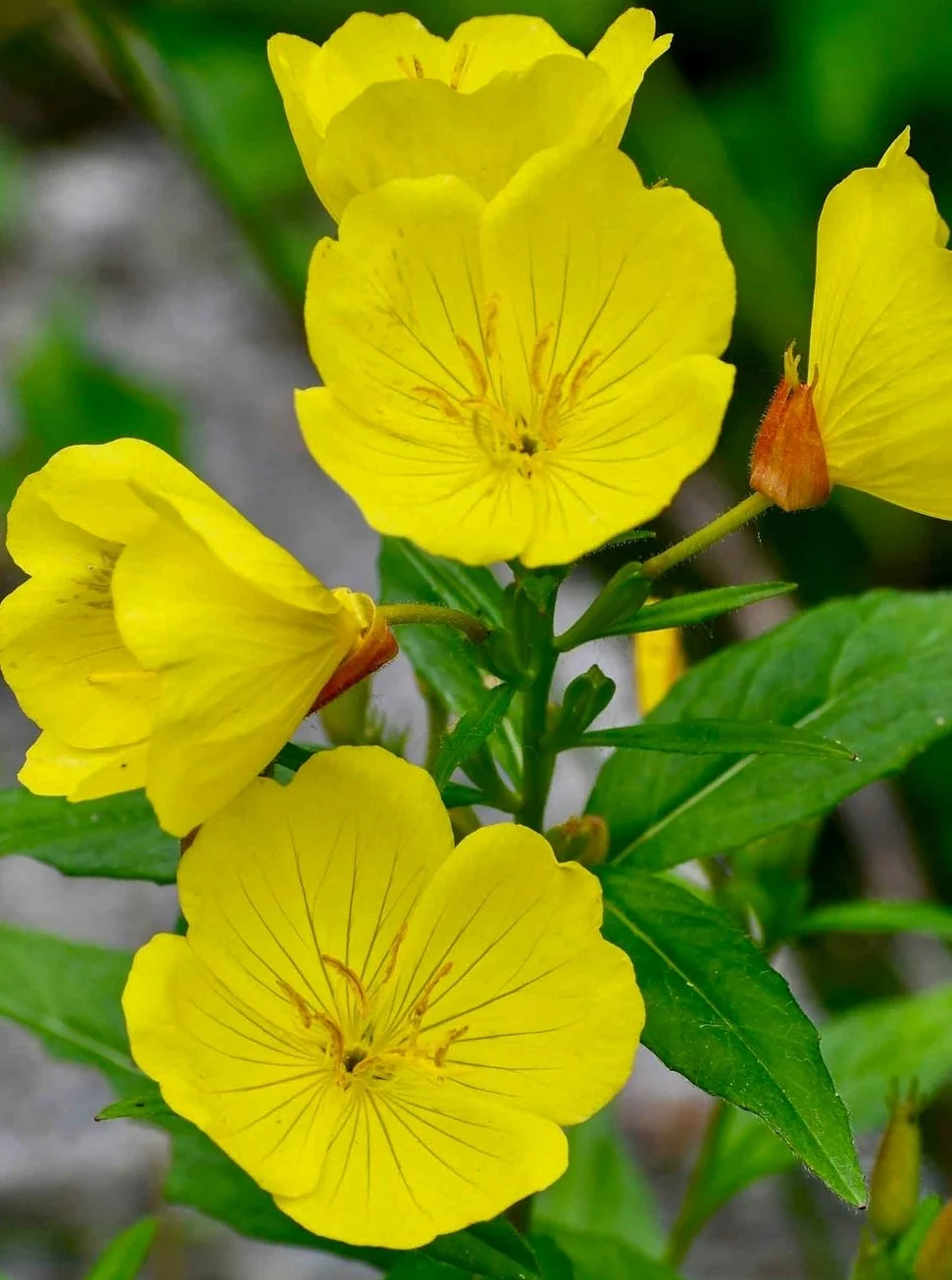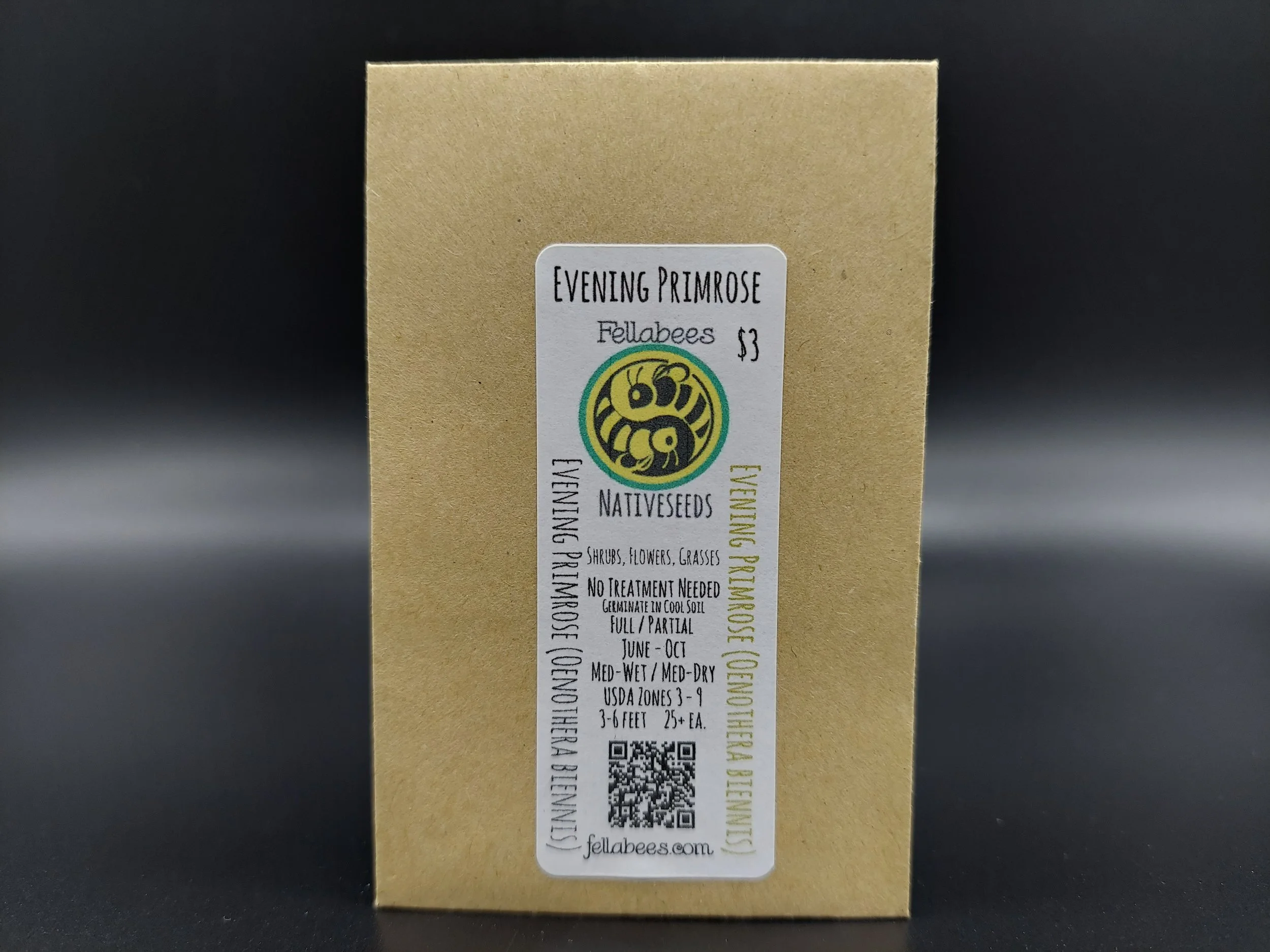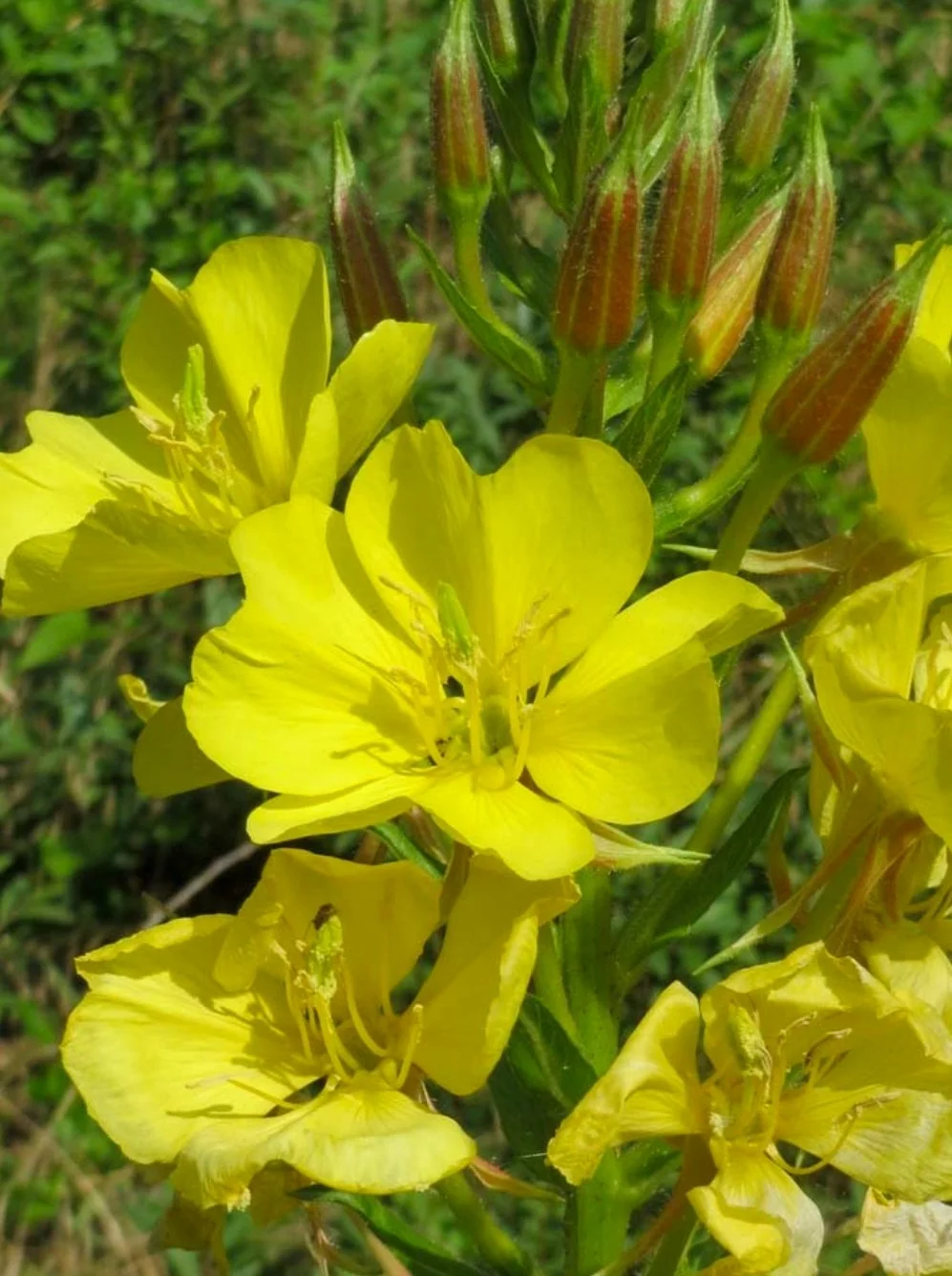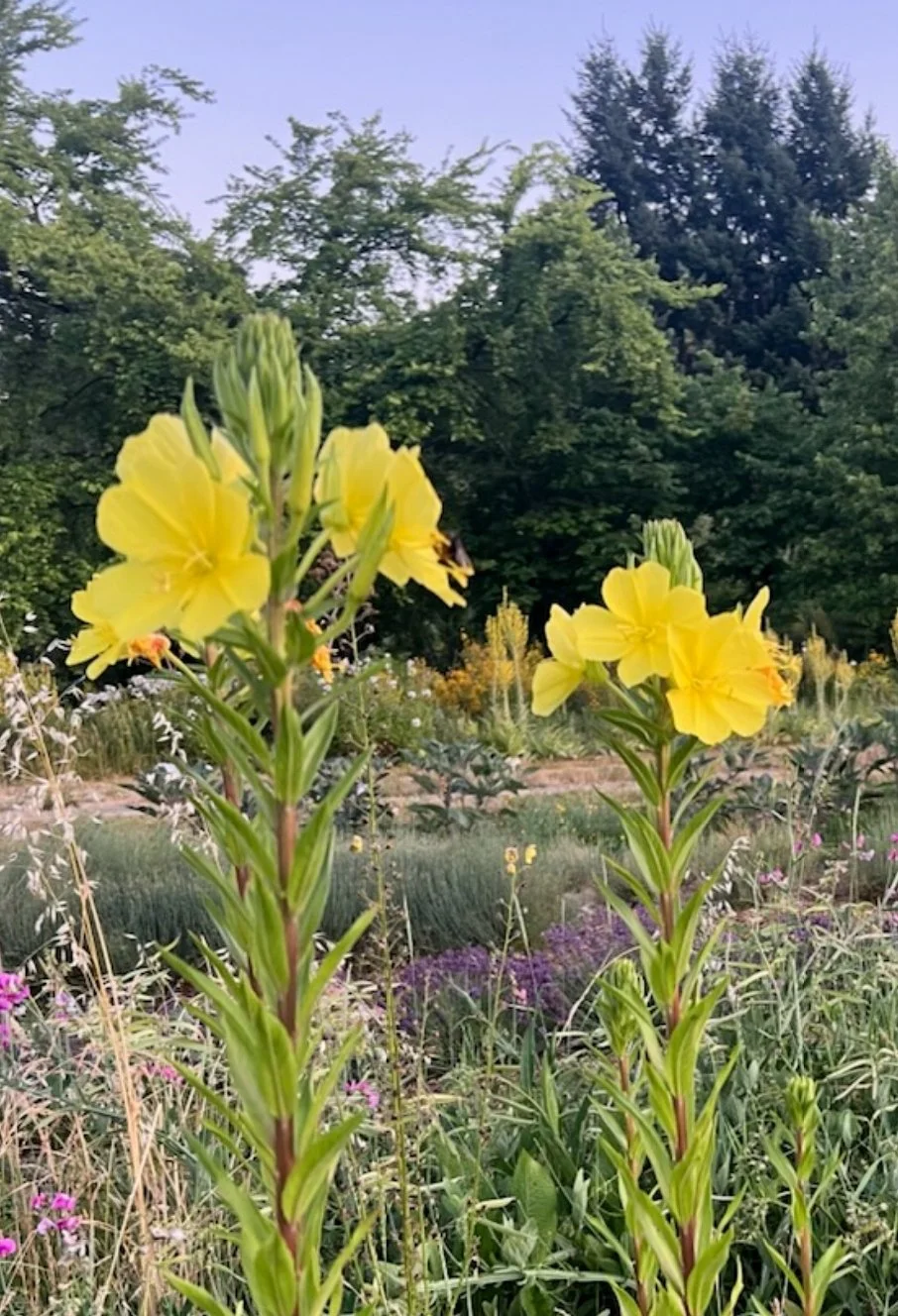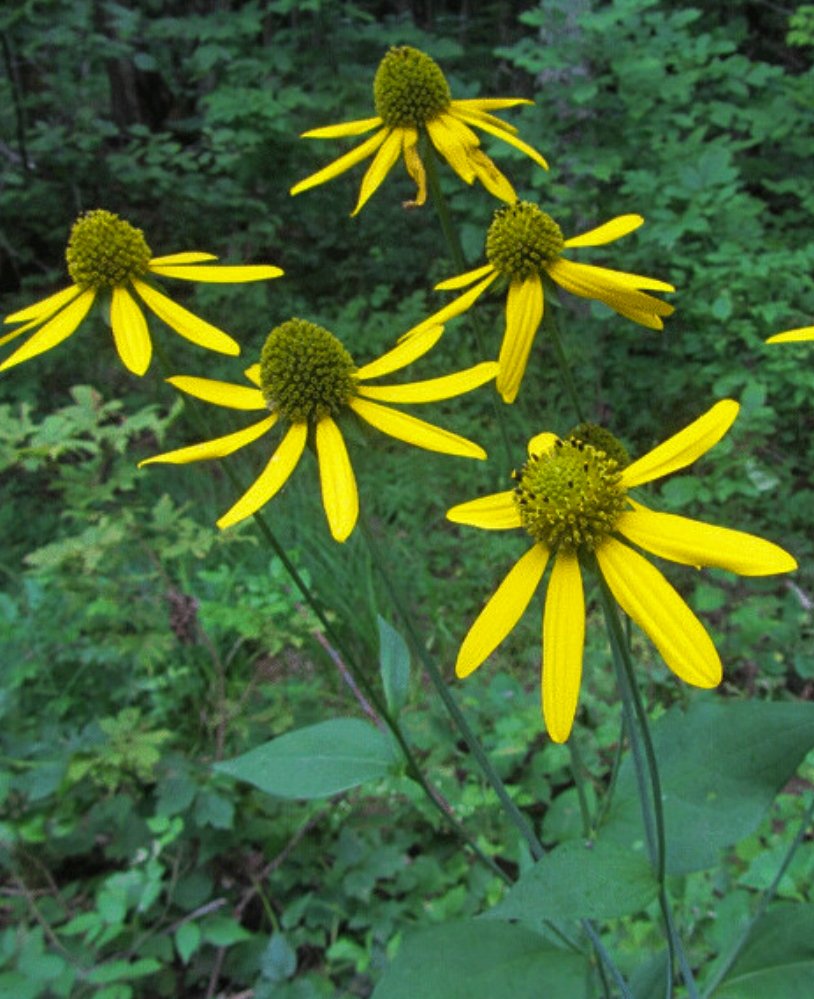 Image 1 of 5
Image 1 of 5

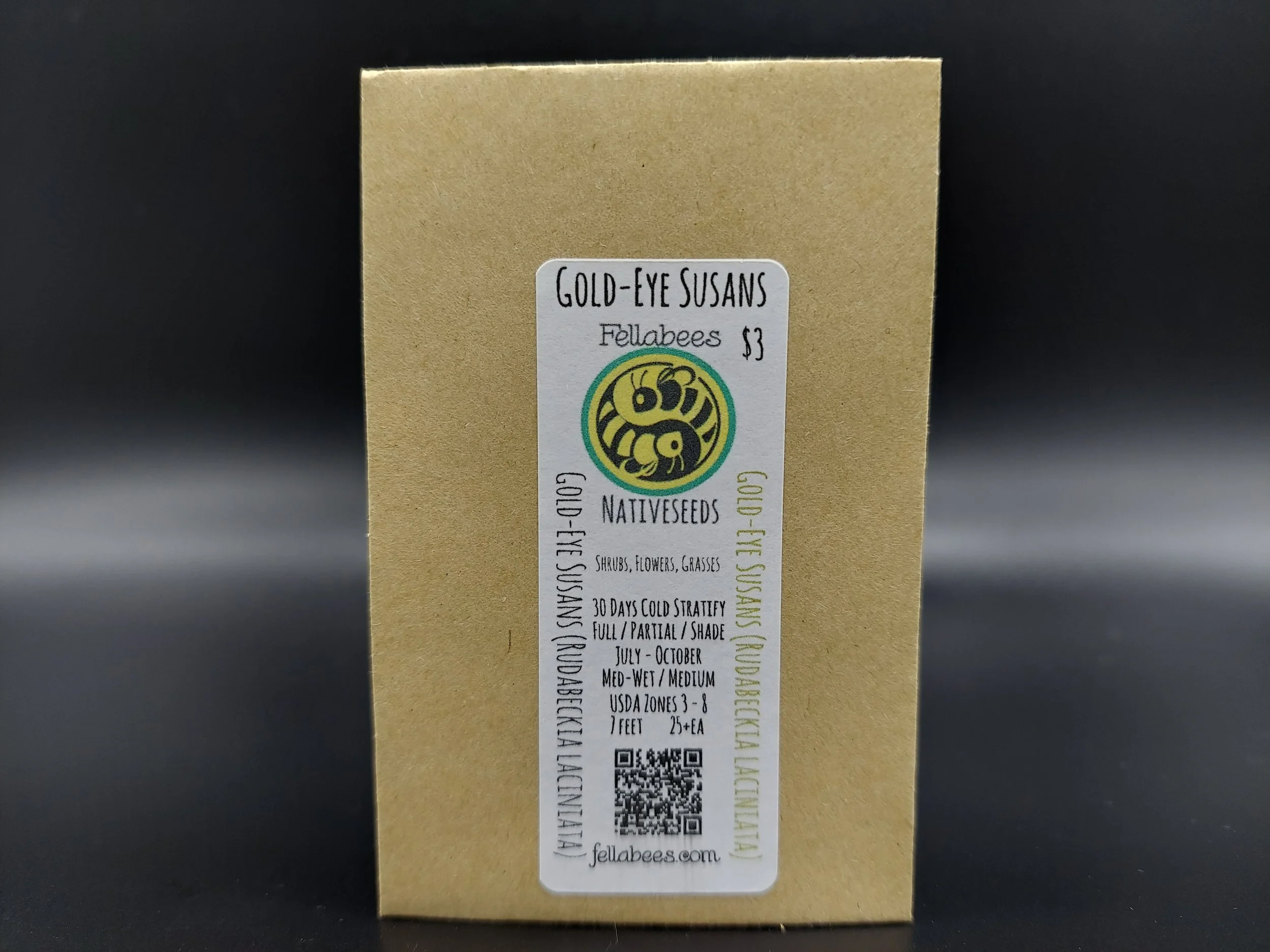 Image 2 of 5
Image 2 of 5

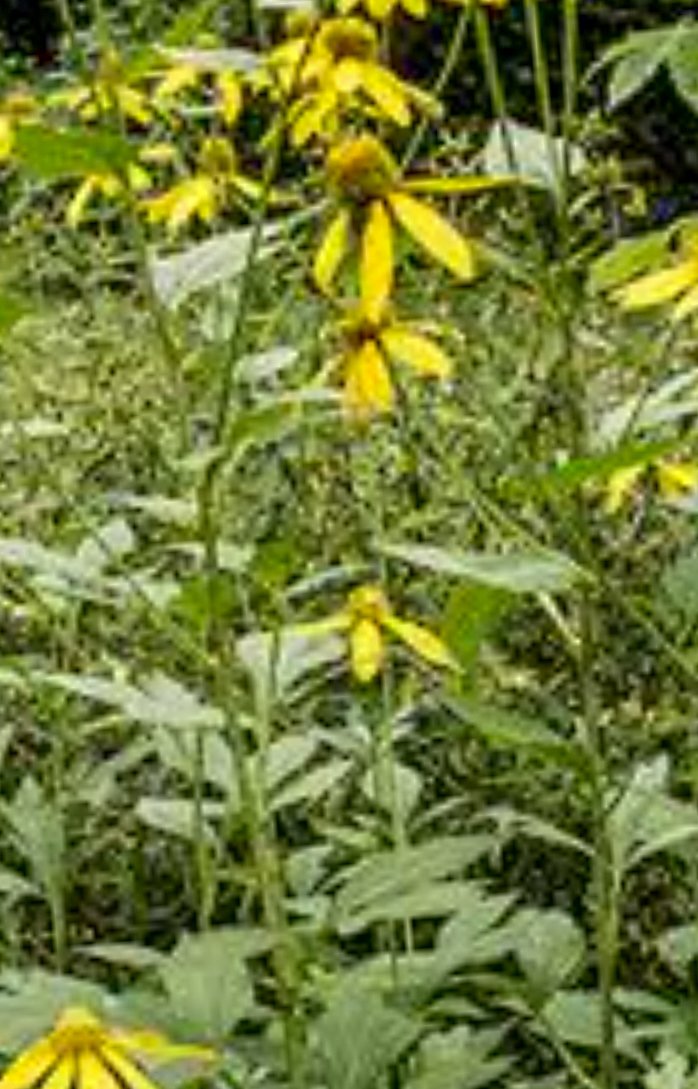 Image 3 of 5
Image 3 of 5

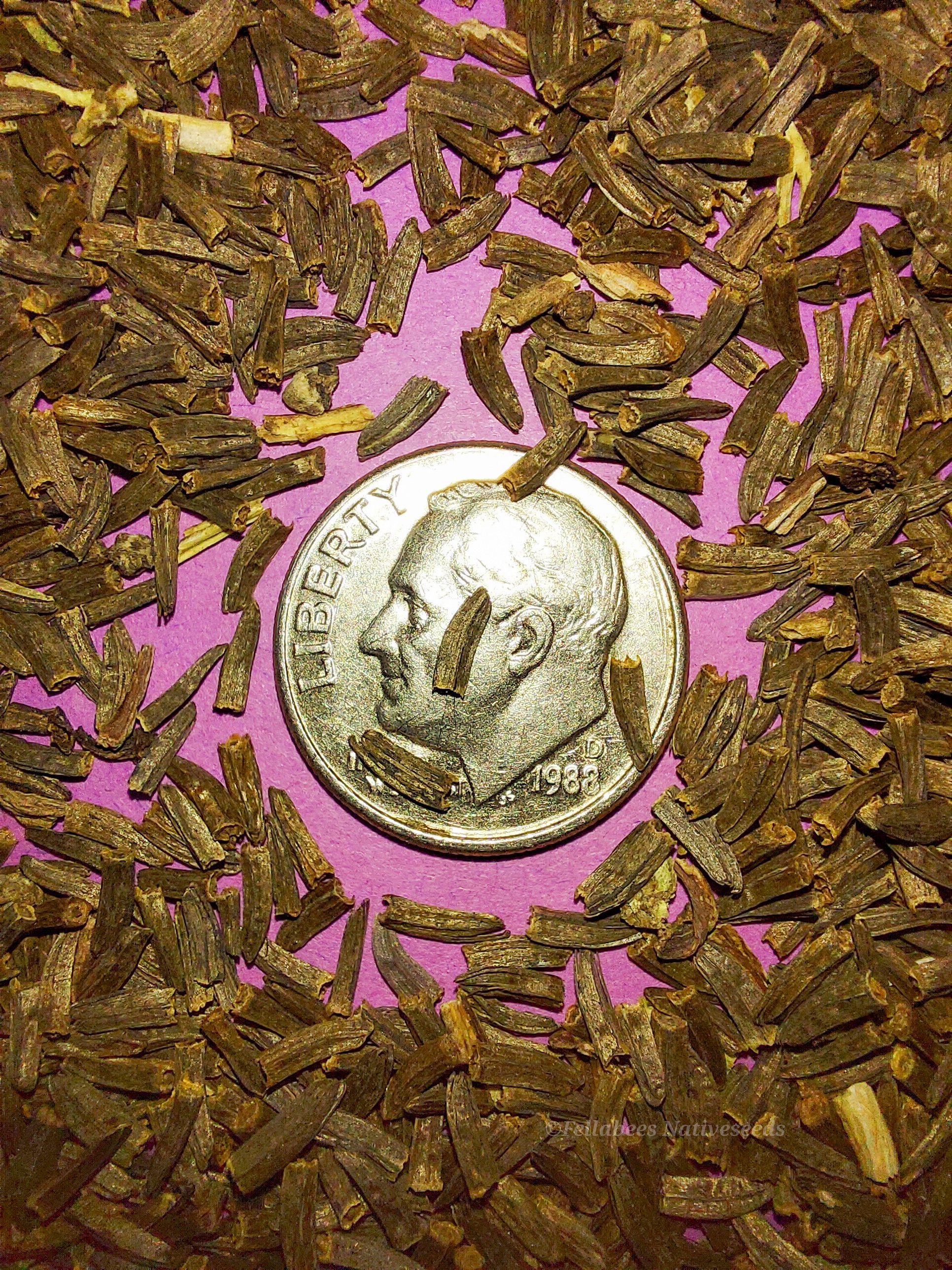 Image 4 of 5
Image 4 of 5

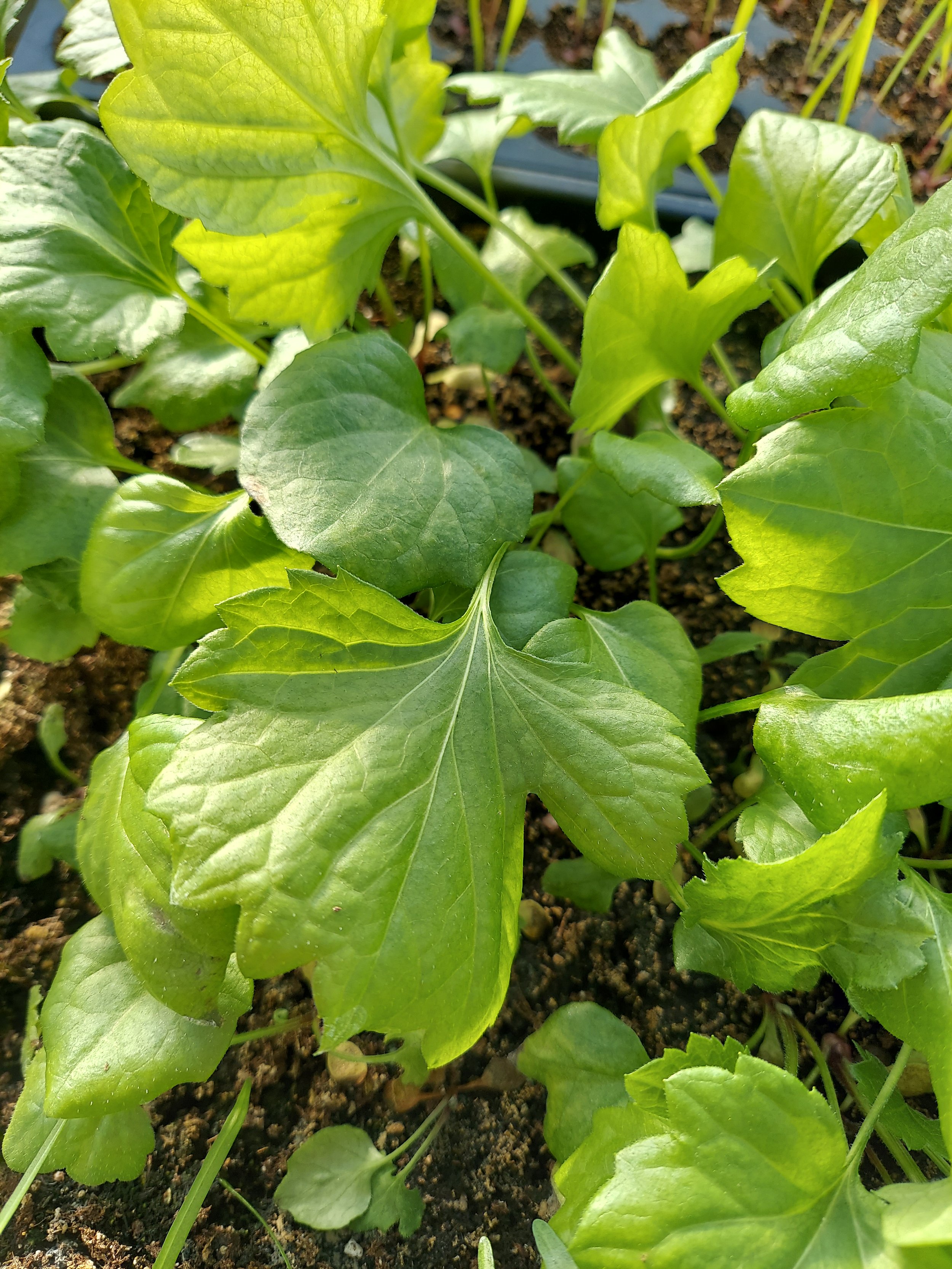 Image 5 of 5
Image 5 of 5






Gold-Eye Susans (Rudbeckia laciniata)
Gold Eye Susans (Rudbeckia laciniata)
Rudbeckia laciniata is the scientific name for this tall native woodland species known colloquially by many names. Here we call them Gold-Eye Susans but can often be referred to as Cutleaf Coneflower, Wild Golden Glow, Green-Headed Coneflower, Tall Coneflower, or Thimbleweed.
No matter what you call it in your neck of the woods, Rudbeckia laciniata is a species of flowering plant in the Asteraceae family. It is native to North American floodplains, stream banks, and moist forests. Although toxic to animals and thus free from deer and rabbit pressure, the young tender leaves have had culinary uses for millennia.
Thriving in part to even full shade, Gold-Eye Susans tower over just about every other herbaceous flower found along meandering forest streams and spilling out to flood fully sunny expanses filled with vigor anywhere the soil remains evenly moist. Blooming profusely from July to October provides a bounty of beauty and regular sightings of pollinators through the season.
Rhizomatous by nature this plant can be a bit aggressive in small settings, but are a magnet to all manner of pollinators, including hummingbirds, bees, and many butterflies who will flit in and out of the sun and shade warming up, or cooling off while taking long drinks from the bobbing and bowing flowerheads. Later in the season when all the pollination is done, birds like gold finches and nuthatches can be seen mobbing the seedheads for their plentiful and nutritious seed, accidentally spreading future seedlings in their haste.
Combining Gold-Eyed Susans, Joe Pye Weed, Common Ironweed, and Wingstem along property borders will aid in creating a living seasonal privacy fence that becomes more robust as the species mature over time. Adding Climbing Rose every 10-20 feet or so would further stiffen this border, taking 6-7 foot sections of Climbing Rose stems and cutting the tips to push into the soil at regular intervals along the fenceline making the border more challenging for deer or intruders, while helping to prop up your plantings from flopping in high winds.
Plant Details:
USDA Zones: 3-8
Germination Needs: 30 Days Cold Stratification
Life Cycle: Perennial
Sun Exposure: Full, Partial, Shade
Soil Moisture: Medium-Wet, Medium
Plant Spacing: 2-4 feet
Height: 7 feet
Bloom time: July, August, September, October
Bloom Color: Yellow
Advantages
Pollinator Favorite: butterflies, moths, bees, wasps, beetles
Bird Favorite: seeds, insects, fruit, nectar, nesting, perchs.
Deer Resistant: Yes
Seed Count: 25+
.
.
Packet quantities:
We pride ourselves on ethical, hands on, ecological management, using no mechanical or chemical methods whatsoever.
All of our native seed is hand reared, hand-picked, and hand packed from native prairies under our exclusive management, never breaking chain of custody from the field until it is sent to you. Each packet is hand prepared for shipment by us, directly.
Small seed species will contain greater than 20-25 seed
Large seed species will contain greater than 10-15 seed
It is our mission to spread the wealth of native plant and pollinator ecological sustainability and educate back yard gardeners as well as corporate and government entities in how to germinate, grow, and benefit from native synergies.
Thank you for your support, it is because of you, that we can grow together to do, what we do. 🐛🦋🐝🐞🌾🌱🌼🧡
Gold Eye Susans (Rudbeckia laciniata)
Rudbeckia laciniata is the scientific name for this tall native woodland species known colloquially by many names. Here we call them Gold-Eye Susans but can often be referred to as Cutleaf Coneflower, Wild Golden Glow, Green-Headed Coneflower, Tall Coneflower, or Thimbleweed.
No matter what you call it in your neck of the woods, Rudbeckia laciniata is a species of flowering plant in the Asteraceae family. It is native to North American floodplains, stream banks, and moist forests. Although toxic to animals and thus free from deer and rabbit pressure, the young tender leaves have had culinary uses for millennia.
Thriving in part to even full shade, Gold-Eye Susans tower over just about every other herbaceous flower found along meandering forest streams and spilling out to flood fully sunny expanses filled with vigor anywhere the soil remains evenly moist. Blooming profusely from July to October provides a bounty of beauty and regular sightings of pollinators through the season.
Rhizomatous by nature this plant can be a bit aggressive in small settings, but are a magnet to all manner of pollinators, including hummingbirds, bees, and many butterflies who will flit in and out of the sun and shade warming up, or cooling off while taking long drinks from the bobbing and bowing flowerheads. Later in the season when all the pollination is done, birds like gold finches and nuthatches can be seen mobbing the seedheads for their plentiful and nutritious seed, accidentally spreading future seedlings in their haste.
Combining Gold-Eyed Susans, Joe Pye Weed, Common Ironweed, and Wingstem along property borders will aid in creating a living seasonal privacy fence that becomes more robust as the species mature over time. Adding Climbing Rose every 10-20 feet or so would further stiffen this border, taking 6-7 foot sections of Climbing Rose stems and cutting the tips to push into the soil at regular intervals along the fenceline making the border more challenging for deer or intruders, while helping to prop up your plantings from flopping in high winds.
Plant Details:
USDA Zones: 3-8
Germination Needs: 30 Days Cold Stratification
Life Cycle: Perennial
Sun Exposure: Full, Partial, Shade
Soil Moisture: Medium-Wet, Medium
Plant Spacing: 2-4 feet
Height: 7 feet
Bloom time: July, August, September, October
Bloom Color: Yellow
Advantages
Pollinator Favorite: butterflies, moths, bees, wasps, beetles
Bird Favorite: seeds, insects, fruit, nectar, nesting, perchs.
Deer Resistant: Yes
Seed Count: 25+
.
.
Packet quantities:
We pride ourselves on ethical, hands on, ecological management, using no mechanical or chemical methods whatsoever.
All of our native seed is hand reared, hand-picked, and hand packed from native prairies under our exclusive management, never breaking chain of custody from the field until it is sent to you. Each packet is hand prepared for shipment by us, directly.
Small seed species will contain greater than 20-25 seed
Large seed species will contain greater than 10-15 seed
It is our mission to spread the wealth of native plant and pollinator ecological sustainability and educate back yard gardeners as well as corporate and government entities in how to germinate, grow, and benefit from native synergies.
Thank you for your support, it is because of you, that we can grow together to do, what we do. 🐛🦋🐝🐞🌾🌱🌼🧡
